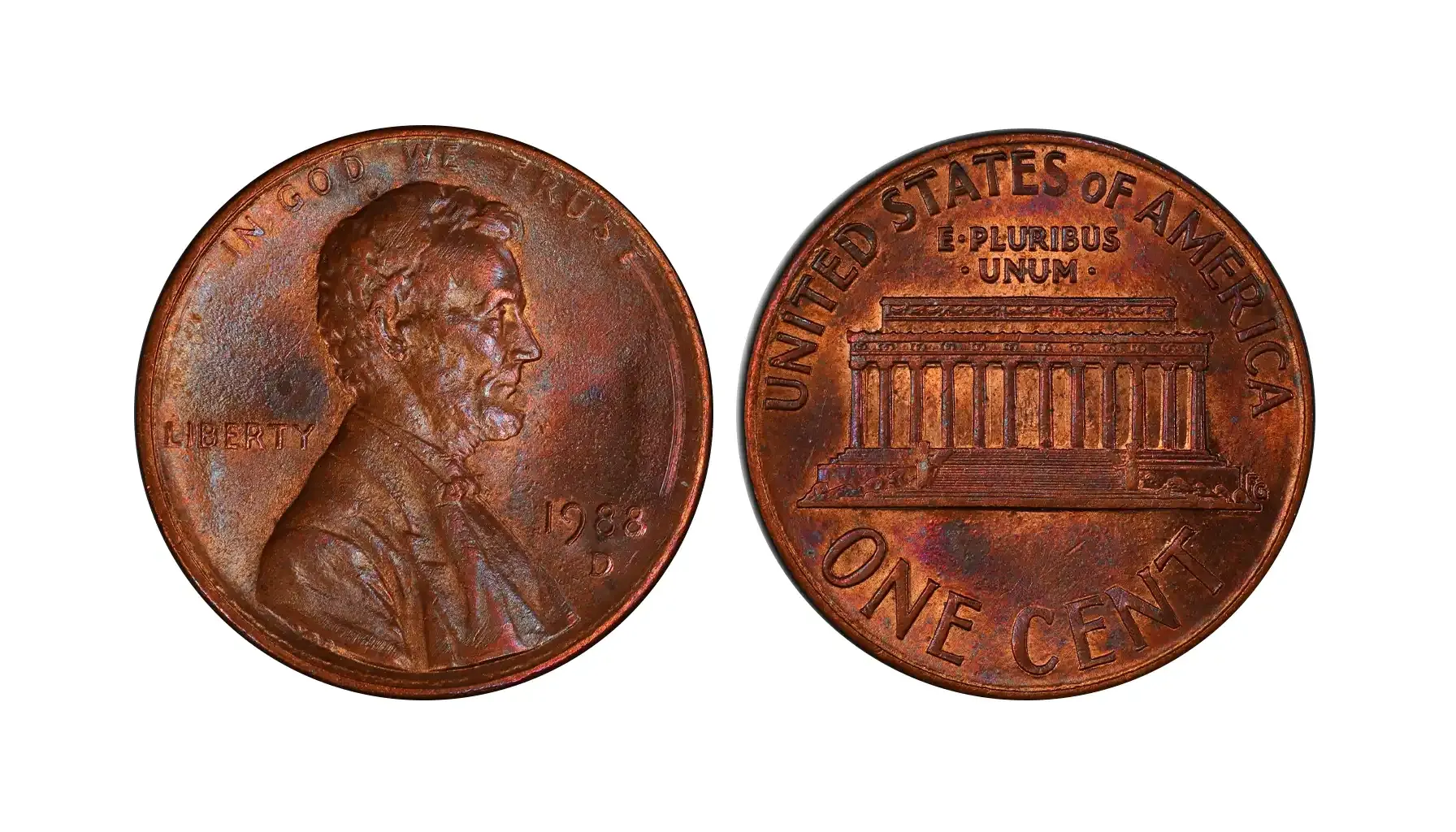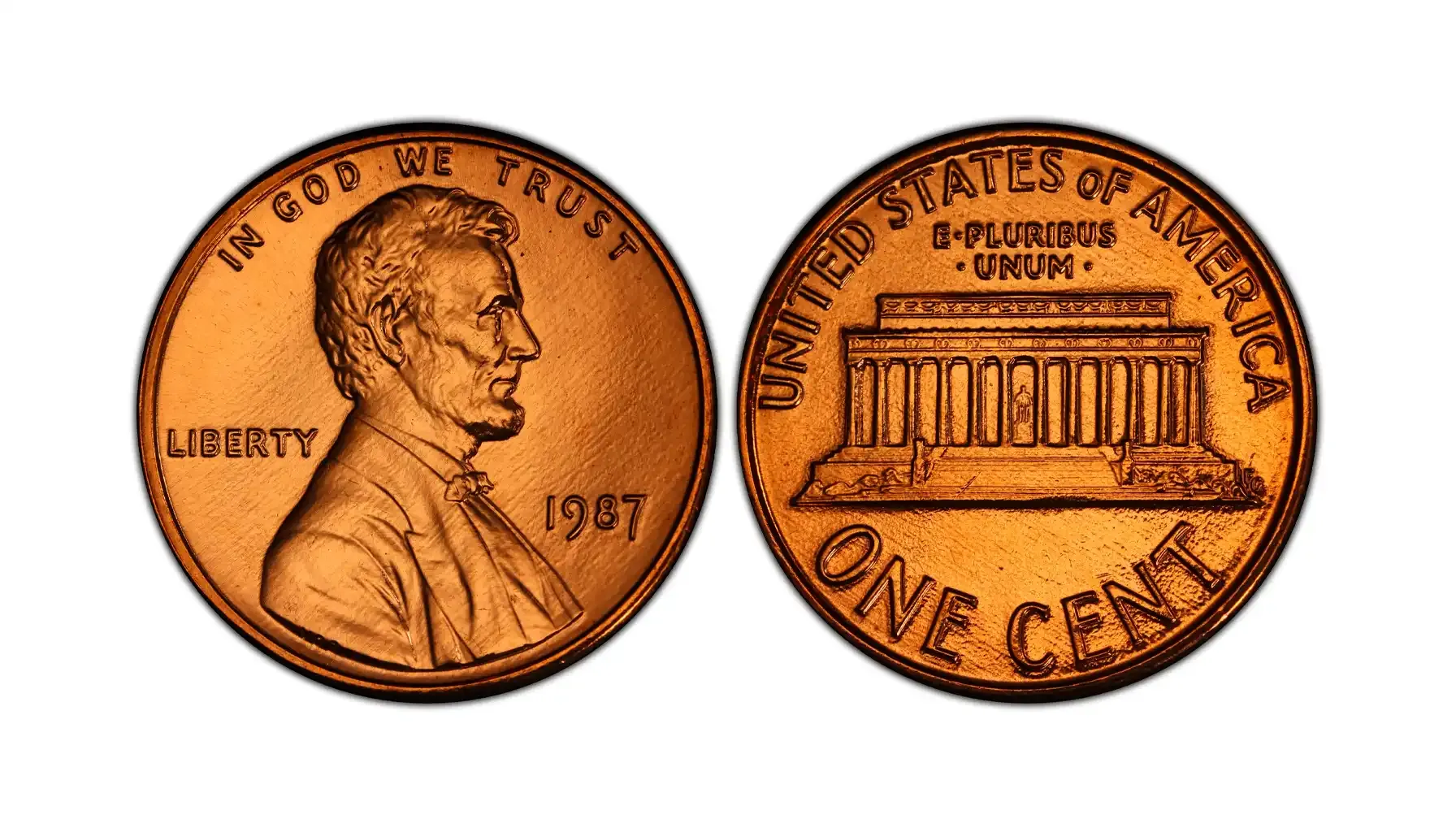Contents:
The condition of a coin is paramount to its value, especially for older issues like the 1911 US dime. Here's a general guide to common condition issues that impact a coin's grade and value:
Circulated Grades (Poor to About Uncirculated): These coins show signs of wear from being used in commerce.
Low Grades (G-4 to F-12): Exhibit heavy wear, with designs worn flat in many areas. Details like Liberty's hair, stars, and lettering may be indistinct or completely smooth. The date and mint mark might be weak but discernible.
Mid-Circulated (VF-20 to EF-40): Moderate wear is present, but major design elements are clearer. Some finer details, such as Liberty's head, the wreath, and the lettering, begin to show. Light wear on high points.
High Circulated (AU-50 to AU-58): Only slight traces of wear are visible on the highest points of the design. Much of the original mint luster may still be present in protected areas, though contact marks are common.
Uncirculated Grades (MS-60 to MS-70): These coins show no signs of wear from circulation.
Lower Uncirculated (MS-60 to MS-63): Coins may have significant distracting marks, bag marks, or dull luster, but no wear.
Mid-Uncirculated (MS-64 to MS-66): Possess above-average luster and fewer distracting marks. The strike quality is good to strong.
High Uncirculated (MS-67 to MS-70): Coins are virtually flawless with full original luster and a sharp strike. These are extremely rare for older coins like the Barber Dime.
Proof Grades (PR-60 to PR-70): These coins were specially struck for collectors using polished dies and planchets, resulting in mirrored fields and frosted devices. They are evaluated similarly to uncirculated coins for surface preservation but are distinct due to their method of manufacture.
Presence of "Cameo" (CAM) or "Deep Cameo" (DCAM) contrast between the fields and devices can significantly increase value. The AI coin identifier can be particularly useful in discerning the subtle characteristics of proof coins
Composition Note
Given its composition of 90% silver and 10% copper, and a total weight of 2.50 grams, the 1911 silver dime value contains 2.25 grams of pure silver. This gives them a significant intrinsic melt value in addition to their numismatic value.
The 1911 No Mint Mark Barber Dime (Philadelphia)
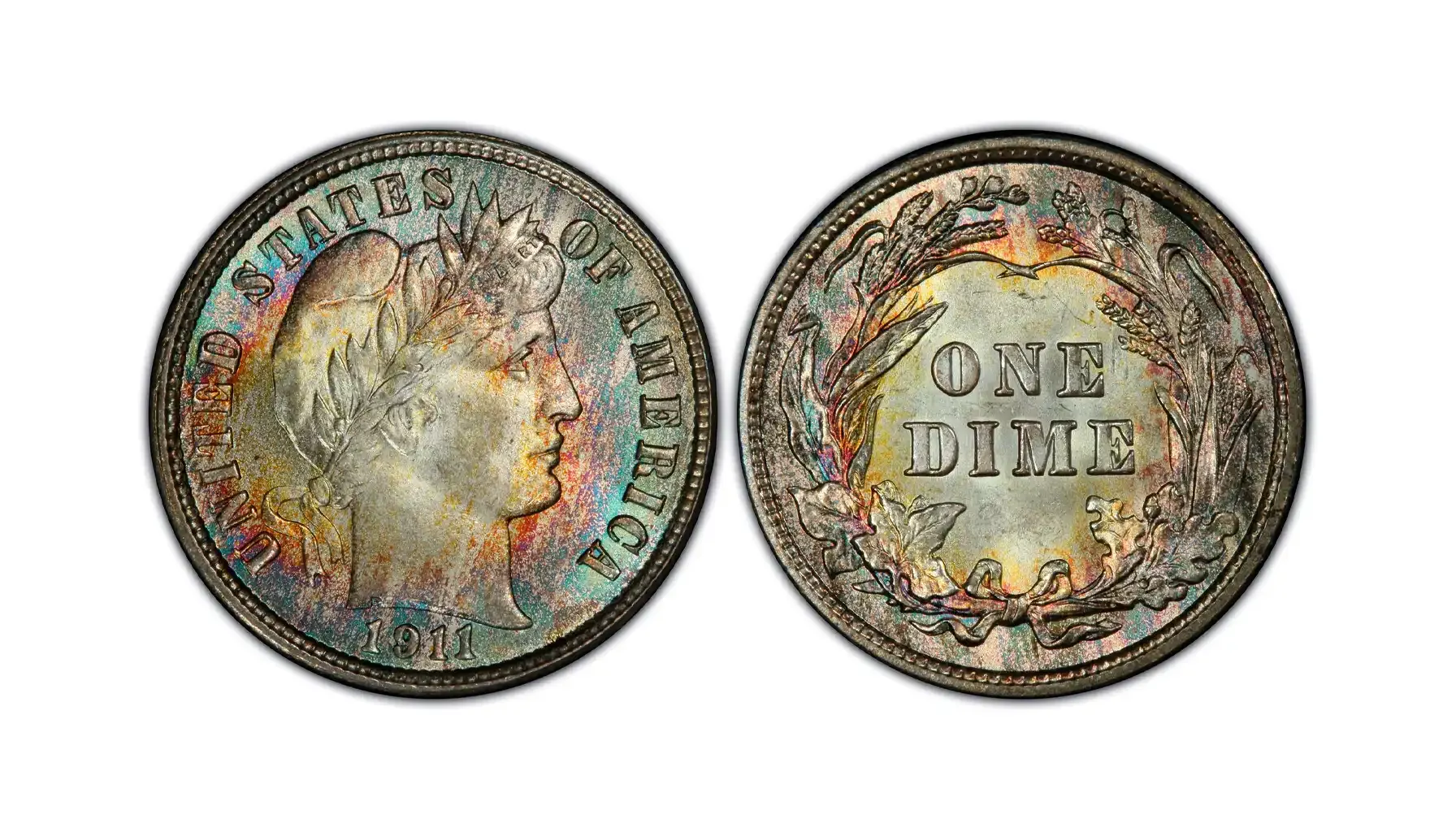
The 1911 Barber Dime with no mint mark was struck at the Philadelphia Mint.
The Philadelphia Mint was the primary U.S. Mint and did not place a mint mark on its circulating coinage during this era. In 1911, Philadelphia produced a substantial 17,800,000 Barber Dimes.
These coins saw heavy circulation, making well-preserved examples challenging to locate. A well-preserved 1911 one dime can be a desirable addition to a collection of early 20th-century U.S. coinage.
Specifications:
Composition: 90% Silver, 10% Copper
Weight: 2.50 grams
Diameter: 17.91 millimeters
Mintage: 17,800,000
Designer: Charles E. Barber
Market Value
Grade | Approximate Value (USD) |
G-4 | $7.00 |
VG-8 | $10.00 |
F-12 | $15.00 |
VF-20 | $25.00 |
EF-40 | $50.00 |
AU-50 | $80.00 |
MS-60 | $150.00 |
MS-63 | $300.00 |
MS-65 | $750.00~ |
How much is a 1911 dime worth may vary depending on the coin's condition, market demand, and other factors.
The 1911 No Mint Mark Barber Dime (Philadelphia - Proof)
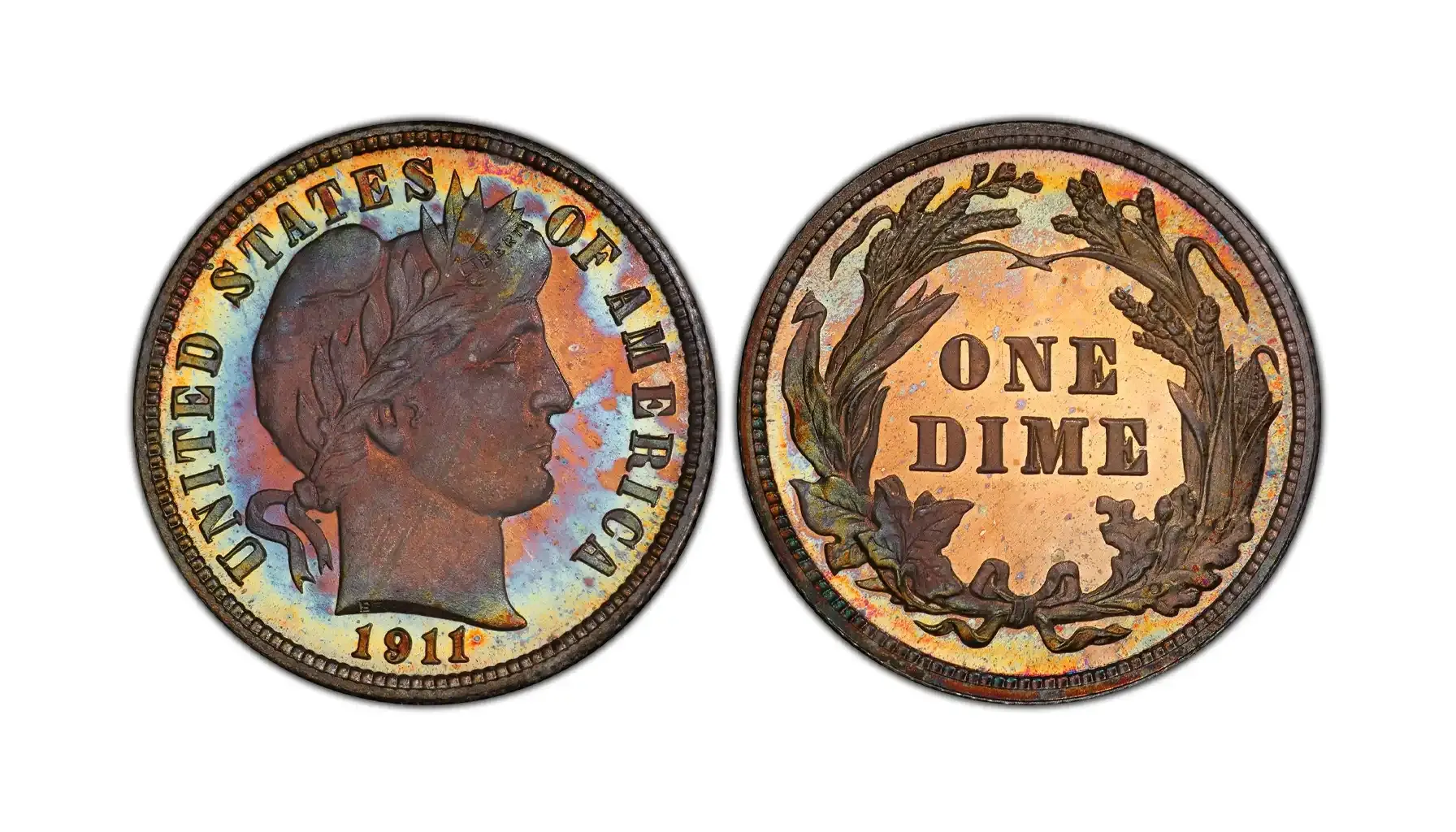
The 1911 Barber Dime with no mint mark was also struck in proof format at the Philadelphia Mint.
Proof coins were specially struck for collectors, featuring highly polished dies and planchets, resulting in a mirror-like field and frosted devices. Notable that there is no known 1911 dime with a V on the back; this feature is typically associated with the Liberty Head Nickel.
In 1911, the Philadelphia Mint produced a very limited number of these proof dimes, intended for inclusion in proof sets. With a mintage of only 543, these coins are significantly rarer than their circulating counterparts and are highly prized by collectors for their exquisite strike quality and scarcity.
Specifications:
Composition: 90% Silver, 10% Copper
Weight: 2.50 grams
Diameter: 17.90 millimeters
Mintage: 543
Designer: Charles E. Barber
Market Value
Grade | Approximate Value (USD) |
PR-60 | $500 - $800 |
PR-63 | $800 - $1,500 |
PR-65 | $2,000 - $4,000 |
PR-66 | $4,000 - $7,000 |
PR-67 | $7,000 - $12,000~ |
PR-68 | $12,000 - $20,000~ |
The 1911 dime coin value may vary depending on the coin's condition, market demand, and other factors.
The 1911-D Barber Dime
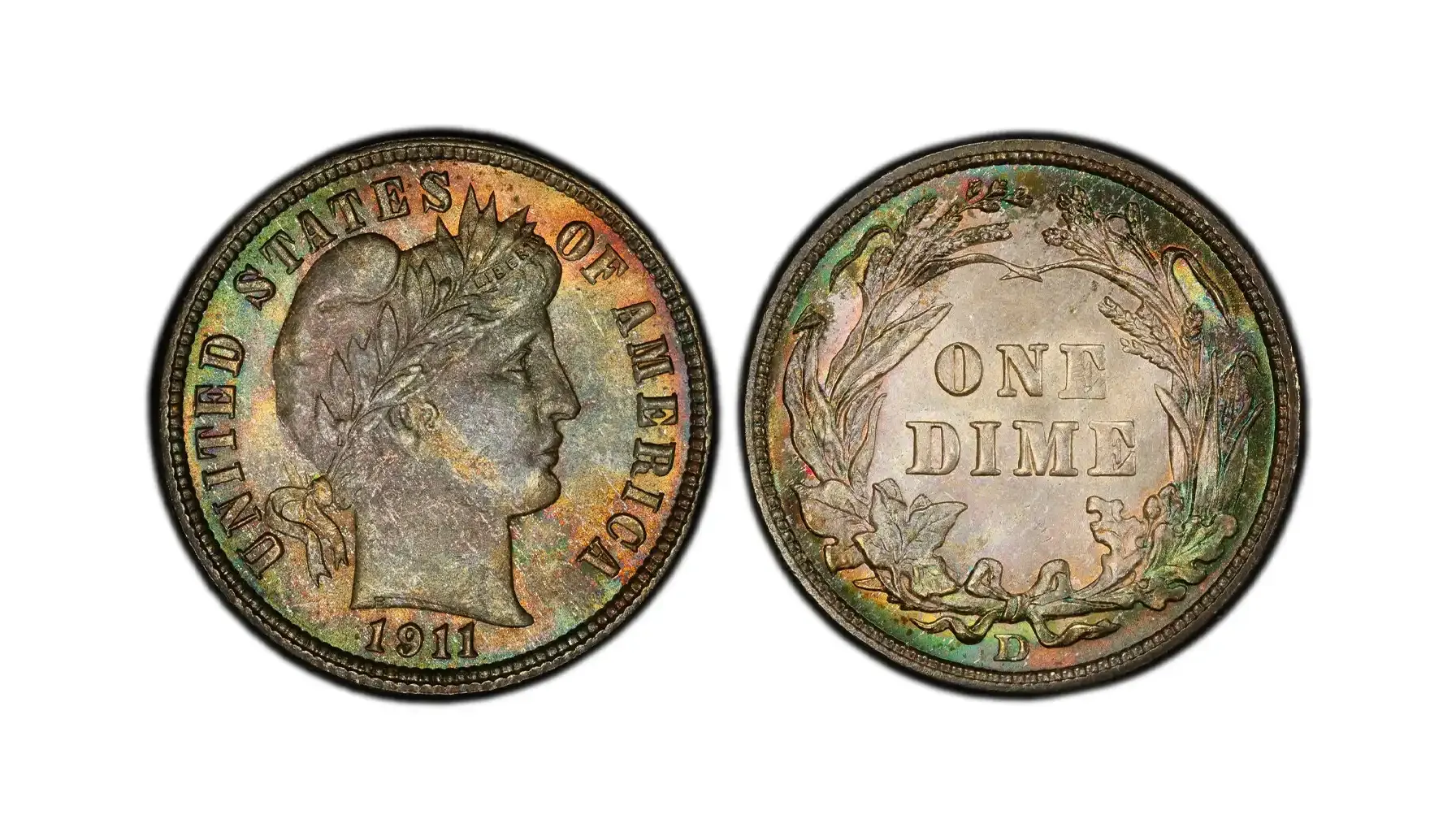
The 1911-D Barber Dime was produced at the Denver Mint.
The Denver Mint, established in 1906, quickly became a vital part of U.S. coinage production. In 1911, it struck 11,800,000 Barber Dimes. The 1911 D dime is generally considered a common issue in circulated grades, but like its Philadelphia counterpart, high-grade examples are much scarcer. Collectors often look for coins with good detail on Liberty's head and the wreath on the reverse.
Specifications:
Composition: 90% Silver, 10% Copper
Weight: 2.50 grams
Diameter: 17.91 millimeters
Mintage: 11,800,000
Designer: Charles E. Barber
Market Value
Grade | Approximate Value (USD) |
G-4 | $7.00 |
VG-8 | $10.00 |
F-12 | $15.00 |
VF-20 | $25.00 |
EF-40 | $50.00 |
AU-50 | $90.00 |
MS-60 | $175.00 |
MS-63 | $350.00 |
MS-65 | $850.00~ |
The 1911 D Barber Dime value may vary depending on the coin's condition, market demand, and other factors.
The 1911-S Barber Dime

The 1911 S Barber Dime was struck at the San Francisco Mint.
The San Francisco Mint was also a significant producer of coinage for the western U.S. In 1911, it struck the lowest mintage of the three mints for the Barber Dime that year, at 7,410,000 coins. While still readily available in lower circulated grades, the 1911-S is considered scarcer than the Philadelphia and Denver issues, particularly in higher circulated and uncirculated conditions. This lower mintage contributes to its slightly higher value compared to its counterparts in comparable grades.
To avoid misidentification, it's important to note that 1911 Mercury Dime value is zero, as Mercury Dimes were not minted until 1916.
Specifications:
Composition: 90% Silver, 10% Copper
Weight: 2.50 grams
Diameter: 17.91 millimeters
Mintage: 7,410,000
Designer: Charles E. Barber
Market Value
Grade | Approximate Value (USD) |
G-4 | $8.00 |
VG-8 | $12.00 |
F-12 | $20.00 |
VF-20 | $35.00 |
EF-40 | $70.00 |
AU-50 | $120.00 |
MS-60 | $250.00 |
MS-63 | $500.00 |
MS-65 | $1,200.00~ |
The value of 1911 dime may vary depending on the coin's condition, market demand, and other factors.
Doubled Die Errors

Discovering a significant 1911 Barber Dime error can dramatically increase a coin's rarity and market price. This error occurs when the die receives multiple, slightly misaligned impressions from the hub, resulting in a doubled appearance of design elements.
For Barber Dimes, doubling can occur on the date, "LIBERTY" on the headband, stars, or the lettering and wreath on the reverse. Prominent doubled dies are quite rare for this series, especially in higher grades.
Market Value
Grade and Visibility | Approximate Value (USD) |
XF-40 (Minor) | $75 - $200 |
AU-50 (Minor) | $150 - $400 |
MS-60 (Moderate) | $300 - $800 |
MS-63 (Strong) | $600 - $1,500~ |
MS-65 (Strong) | $1,500 - $4,000~ |
The 1911 dimes may vary depending on the coin's condition, market demand, and other factors.
Struck Through Errors

Understanding the 1911 dime value requires considering its mint mark, condition, and any potential errors. This error occurs when a foreign object or debris (such as grease, lint, or metal shavings) gets between the die and the planchet during the striking process.
The object leaves an impression or outline on the coin's surface. The value depends on the size, nature, and clarity of the struck-through object's impression. Significant foreign objects struck through are highly sought after.
Market Value
Prominence and Type | Approximate Value (USD) |
Minor Grease (Circulated) | $10 - $30 |
Minor Grease (Unc) | $25 - $75 |
Moderate Struck-Through | $50 - $200 |
Significant Struck-Through | $200 - $1,000~ |
The 1911 dime no mint mark may vary depending on the coin's condition, market demand, and other factors.
Die Breaks

Die breaks are cracks that develop in the die due to stress, which then transfer to the struck coin as raised lines or lumps. Die chips are small pieces of the die that break off, resulting in raised blobs on the coin. While minor die breaks are common on older coinage, large or dramatic die breaks (often called "cuds" if they involve the rim) can significantly increase value.
Market Value
Prominence | Approximate Value (USD) |
Minor/Common | $5 - $25 |
Moderate/Noticeable | $25 - $75 |
Significant/Large | $75 - $250~ |
Cud (Major Rim Break) | $200 - $1,000~ |
The 1911 dime D worth may vary depending on the coin's condition, market demand, and other factors.
Rotation Error

A rotation error on Barber Dime 1911 occurs when one of the dies (either the obverse or reverse die) rotates slightly within the coining press during striking. This results in the alignment of the obverse and reverse designs being off-kilter when the coin is flipped.
To check for this, hold the coin by the top and bottom edge, flip it over, and see if the reverse is perfectly upright. The degree of rotation affects the value, with more significant rotations generally being more desirable.
Market Value
Degree of Rotation | Approximate Value (USD) |
15-45 Degrees | $50 - $150 |
45-90 Degrees | $150 - $400 |
90-180 Degrees | $400 - $1,000~ |
The 1911 S dime may vary depending on the coin's condition, market demand, and other factors.
Holed Coin (Post-Mint Damage)
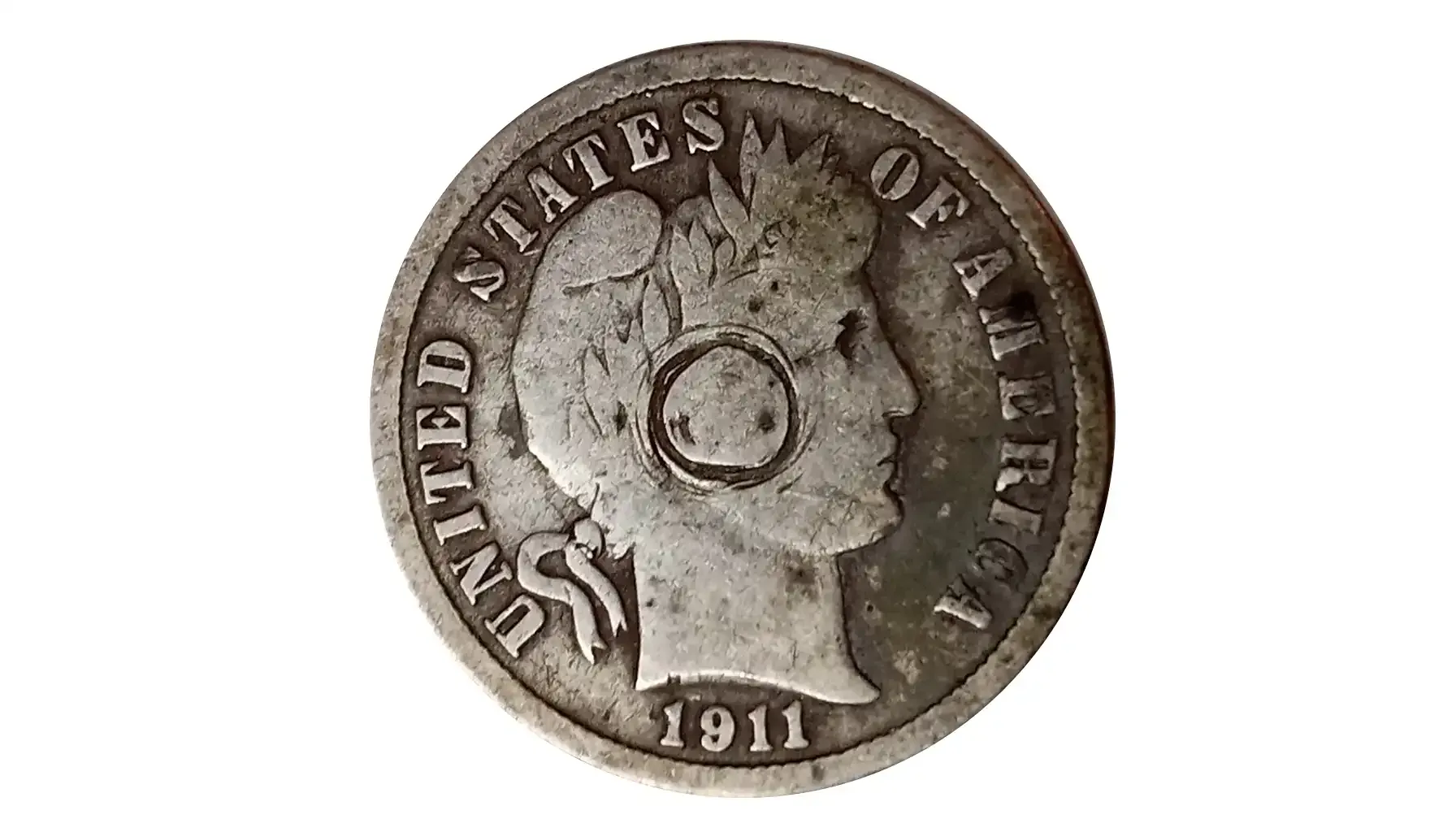
The 1911 Liberty Dime refers to the Barber Dime, which features Liberty's head on the obverse. A holed coin is not a mint error but rather damage that occurs after the coin has left the mint. This typically involves a hole drilled or punched through the coin, often for purposes such as creating jewelry, attaching it to an item, or simply defacing it.
While historically interesting, holed coins are considered damaged in numismatic terms and their value is significantly reduced, usually to their intrinsic metal value (silver content for Barber Dimes) or less, regardless of their original grade.
Market Value
Condition | Approximate Value (USD) |
Any Grade | $1.80 - $2.50 |
Historical/Curio | $5 - $20 |
What is a 1911 dime worth may vary depending on the coin's condition, market demand, and other factors.
The Barber Dime from 1911 holds its exceptional value in American numismatic history because of its frequent and unusual availability. The worth of this coin derives heavily from the location of its original production and its current state of preservation as well as any distinctive errors that occurred during minting or changes made after leaving the mint. People who collect these historic silver coins should learn these elements because they reveal the complete narrative behind each piece while indicating its potential monetary worth.


